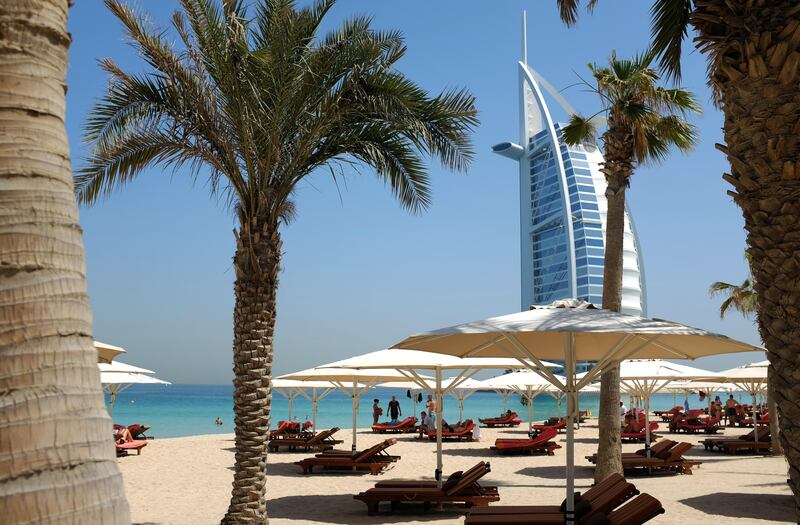The Mena's hospitality sector is forecast to recover in the second half of the year from the downturn witnessed in the first half due to the global economic slowdown and an uptick in hotel supply, according to global consultancy EY.
"The hospitality market across Mena continues to be affected by the drop in oil prices and challenging economic conditions, which has led to more conservative spending in the government and private sectors as well as among regional tourists," said Yousef Wahbah, Mena head of transaction real estate at EY, in the consultancy's Middle East Hotel Benchmark Survey Report.
At the start of the year, Opec and other producers that also include Russia agreed to cap their production at 1.8 million barrels a day through to March 2018. That has muted the impact of shale producers but rising US production and poor compliance by some Opec members has failed to stabilise prices.
"Starting September, we expect to see an increase in the hospitality market performance in some of the MENA cities due to the Hajj pilgrimage, global forums and regional events being hosted across the region, and regional trips taken during long weekends for upcoming holidays," according to EY.
EY's finding are in line with figures from data provider STR Global.
Occupancy in the Middle East in the first half fell 1 per cent to 66.2 per cent compared with a year-earlier period, with the average daily rate (ADR) dipping 3.6 per cent to $171 and revenue per available room (RevPar) decreasing 4.6 per cent to $113.27.
STR also reported that most hotels in the Arabian Gulf reported year-on-year drops during Ramadan this year compared to the holy month last year.
According to EY's figures, occupancy in the first half of the year was highest in Dubai at 79.3 per cent and lowest in Amman at 46.6 per cent. RevPar was highest in Dubai with $209, and lowest in Cairo with $54 during the same period.
"[Dubai] has continued to focus on increasing tourism by means of meetings, incentives, conferences and exhibitions (MICE) events, leisure attractions, exhibitions and conferences, a diverse hospitality supply, and revised visa policies, which have all contributed to its current performance," said the EY report.
Hotels in Cairo, Mecca and Beirut had the highest RevPar growth in the region in the first half compared with a year-earlier period, according to EY.
RevPAR growth in Cairo surged 101.7 per cent, in Beirut it rose by 19.3 per cent and in Kuwait it increased by 6 per cent.
"A stabilized political situation in the country and increased inbound international travel has contributed to the improvements in the performance of the market (in Cairo)," EY said.
_______________
Read more:
[ Dubai tourist arrivals edge up 10.6% in first half ]
[ Dubai hotel owners look for new ways of earning in crowded market ]
_______________





